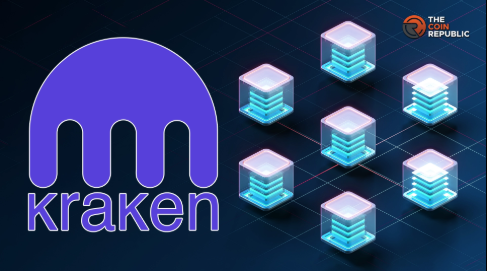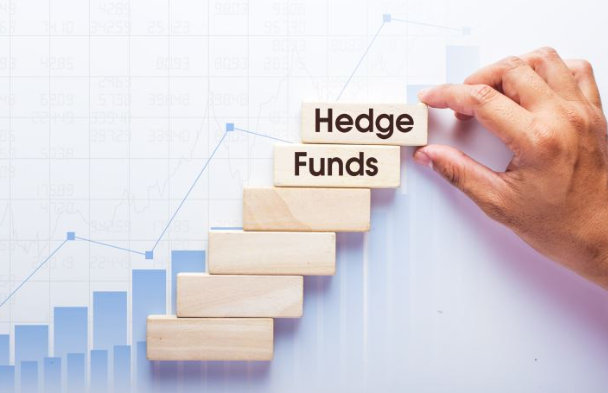Kraken enters the Layer 2 race
On March 20, 2025, crypto exchange Kraken confirmed that it is working on launching its own Ethereum Layer 2 (L2) blockchain, following in the footsteps of Coinbase and OKX. The project is being developed in collaboration with Polygon Labs, using Polygon’s customizable Chain Development Kit (CDK), which leverages zk-rollup technology for fast and secure transactions.
The upcoming L2 will be specifically tailored for Kraken’s users, aiming to enhance trading performance, reduce gas fees, and support a broader range of on-chain applications.
Why build a Layer 2?
As Ethereum transaction costs remain relatively high and scalability issues persist, Layer 2 solutions have become essential for onboarding the next generation of users. By launching its own L2, Kraken can offer:
Faster and cheaper trades
Seamless access to DeFi, NFTs, and Web3 apps
A branded blockchain experience, fully integrated with Kraken’s platform
This move allows Kraken to retain users within its ecosystem while offering the benefits of decentralization and self-custody.
Built on zero-knowledge tech
Polygon CDK uses zk-rollups, a scaling solution that batches thousands of transactions into one, drastically reducing gas fees while maintaining Ethereum-level security. With Kraken’s integration, users can interact with smart contracts and assets on the new network while still settling on Ethereum.
Additionally, Polygon’s CDK is interoperable with other CDK-based chains, creating a broader network effect that could link Kraken’s L2 with other major platforms like OKX’s X Layer and Coinbase’s Base.
A new trend among exchanges
Kraken’s move reflects a growing trend: centralized exchanges building their own infrastructure to support decentralized apps (dApps) and services. Coinbase launched Base, OKX launched X Layer, and now Kraken is joining the competition.
These Layer 2 networks act as gateways to the decentralized economy, blending the UX of centralized platforms with the freedom of Web3.
What does this mean for users and developers?
For users, it means lower costs, faster settlement, and more Web3 opportunities—without having to leave Kraken’s interface. For developers, it opens up a new playground for building apps with the security of Ethereum and the scalability of zk-tech.
Kraken has not yet announced the name or release date of its L2, but insiders expect a testnet launch in the coming months, with a mainnet rollout by the end of 2025.
Conclusion: Kraken positions itself for the future of crypto
By building its own Layer 2 network with Polygon, Kraken is making a strategic bet on the future of blockchain scalability and user experience. As exchanges evolve into full-stack Web3 platforms, those who offer speed, low fees, and easy access to DeFi will shape the next wave of crypto adoption. Kraken clearly intends to be among them.





